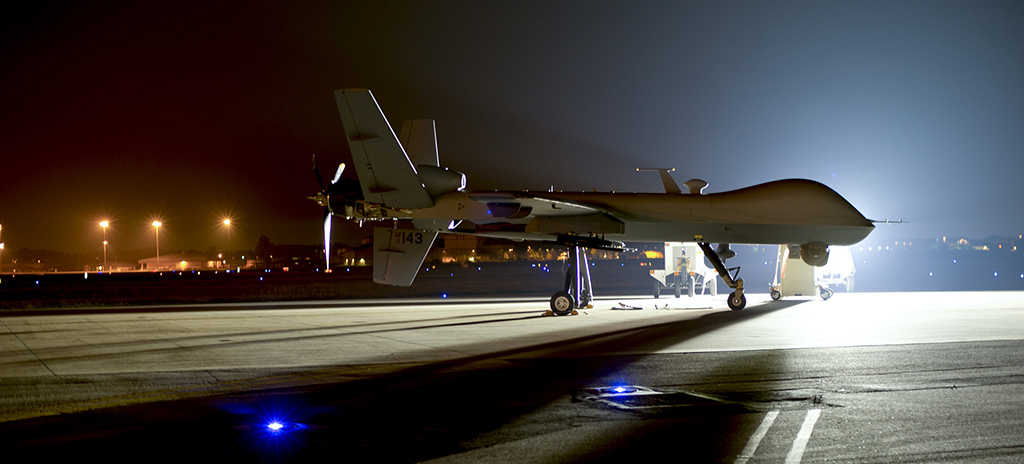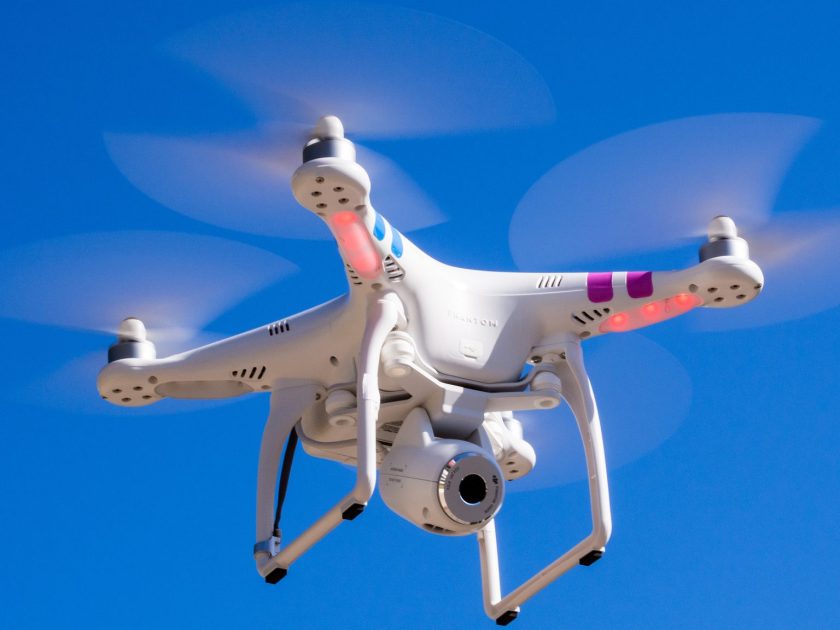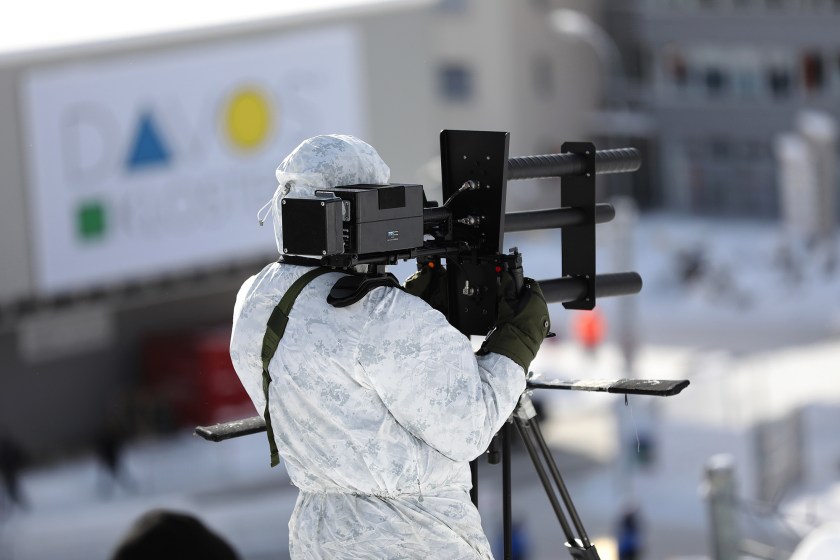
Tapping drones for future wars might be as easy as completing an Amazon order or making a trip to Walmart. According to Wired, the U.S. military has been testing commercial drone technologies for future military surveillance applications, and is also considering using them on the battlefield in the short-term.
Currently, the military deploys unmanned aerial vehicles (UAV), or drones, like the Predator (above) and Reaper, which have been their weapons of choice in the fight against terrorism in the Middle East. But non-weaponized drones are now providing critical surveillance that can facilitate operations for both the military and police.

The use of commercial drones in warfare is nothing new. In Iraq, off-the-shelf “quadcopters” are being used both for surveillance and combat. Iraqi forces use them to coordinate attacks on ISIS and check-ins on the success Coalition airstrikes. ISIS has also been adapting harmless hobby drones to drop bombs. This has the security community on edge; some experts are concerned that commercial UAVs will be used to conduct surveillance, or even worse, launch attacks in Europe and the United States.

With the commercial drone threat in mind, Swiss police deployed anti-drone technology at the World Economic Forum in Davos this January. Drone deterrence comes in the form of signal-jamming (which puts the brakes on UAVs) or shoulder-mounted net-guns (for “catching” them; see above). The Hague has even employed specially trained eagles to take down drones (see below).
To read more about future applications of commercial drones, click here.
—RealClearLife Staff
This article was featured in the InsideHook newsletter. Sign up now.






















